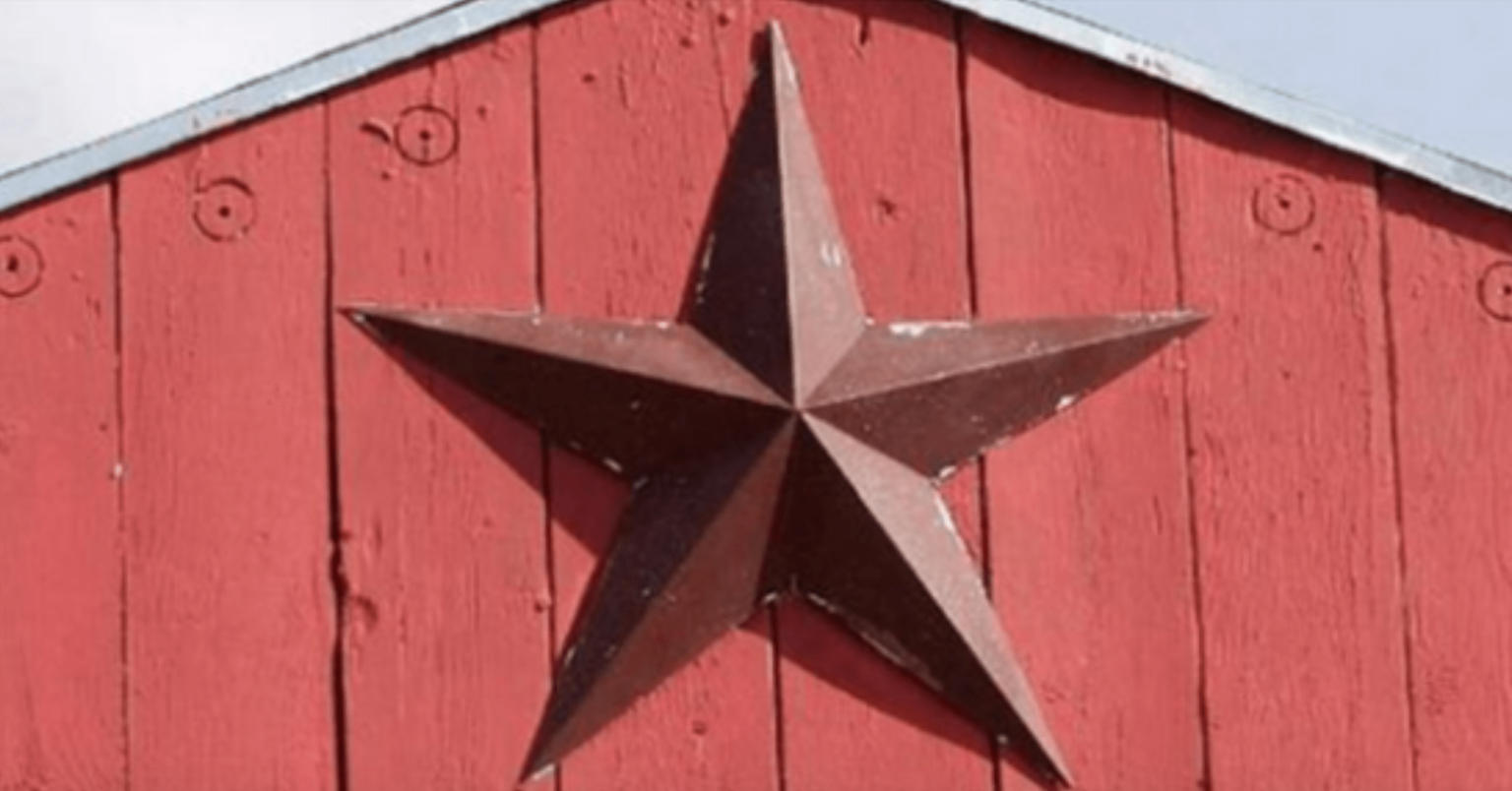Have you ever paused to admire the enchanting ornaments on top of barn doors? These delightful decorations, called barn stars, carry a deeper meaning than meets the eye. They serve as symbols of protection and prosperity for German-American farmers. Let’s delve into their captivating history and the meanings they hold.

Warding Off Evil and Bringing Prosperity
Barn stars, also known as hex signs or quilt squares, are often painted or made of metal. These beautiful emblems adorn the roofs of barns, with a purpose to ward off evil and bring prosperity to the farmer’s crops. Interestingly, each barn star holds a unique meaning and comes in different colors.
- A green barn star symbolizes fertile crops and strong growth, while blue or black barn stars signify protection over the farmer, their household, and their crops.
- On the other hand, brown barn stars represent friendship.
The Fascinating History of Barn Stars
The tradition of barn stars dates back to the 1830s, originating from the Pennsylvania Dutch or Amish community. These barn stars are adaptations of European German folk art. The Amish are widely known for leading simple lives, detached from modern technology and popular culture.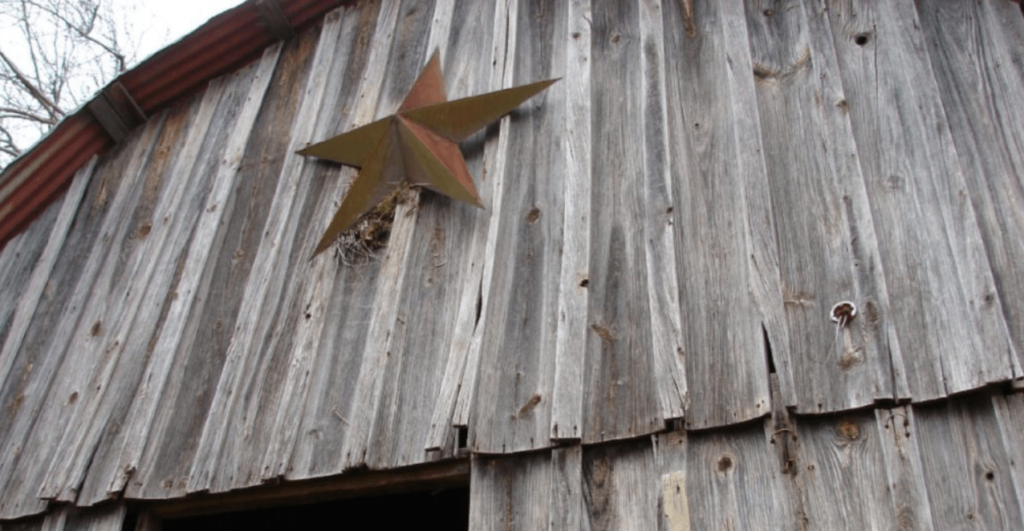
Barn stars are just one of the many regional traditions and customs preserved over the years. It is fascinating to discover how closely related things can hold distinct meanings within Pennsylvania Dutch traditions. According to Patrick Donmoyer, who oversees the Pennsylvania German Cultural Heritage Centre at Kutztown University, there are two parallel traditions: “There are the barn stars, and then there are the hex signs.”
The Protective Power of Barn Stars
Beyond their presence on barns, hex signs, resembling barn stars, can be found in other places too. They were believed to bring luck to newlyweds, as evident on marriage licenses. They were even displayed on grave markers, guiding the departed towards peace in the afterlife.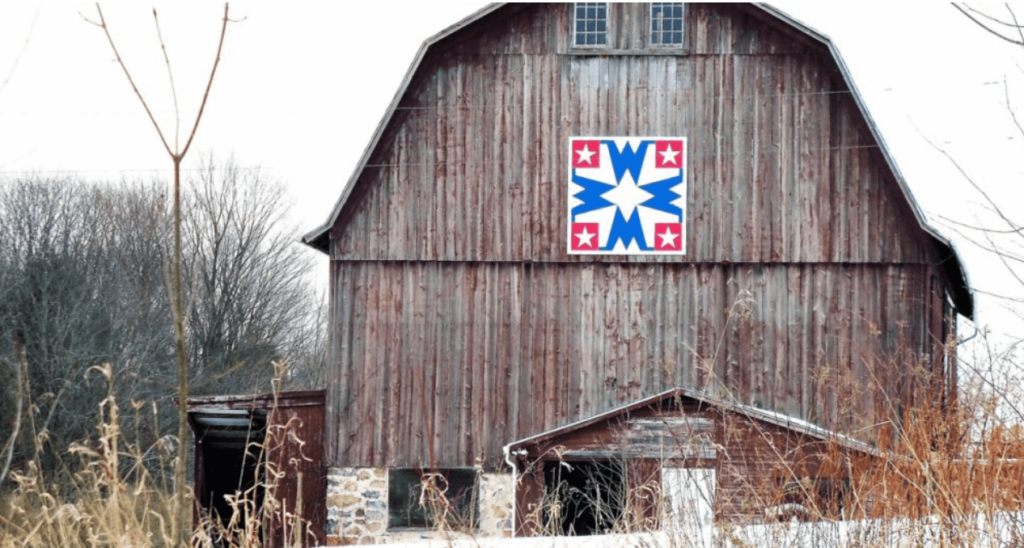
Contrary to popular belief, barn stars were not necessarily connected to supernatural events or ideas. They were simply an integral part of the agricultural lifestyle. Hex signs, however, drew inspiration from barn stars and emerged almost a century later.
Symbols of Culture and Tradition
Whenever we spot barn stars and quilt squares on barns throughout Pennsylvania Dutch country, they serve as reminiscences of the resourcefulness, hard work, and cherished customs of this culture. These symbols embody the culture and traditions passed down from one generation to the next, acting as decorative reminders of their ancestors and homeland.
Similar Symbols in Many Cultures
It’s no surprise that various tribes and nations worldwide possess ancient symbols akin to barn stars. These symbols have been adapted to ward off evil, safeguard homes and families, just like barn stars. Here are a few examples:
Om: This symbol, frequently used during meditation and other spiritual practices, offers protection and balance.
The Eye of Horus: An Egyptian symbol believed to provide protection and healing.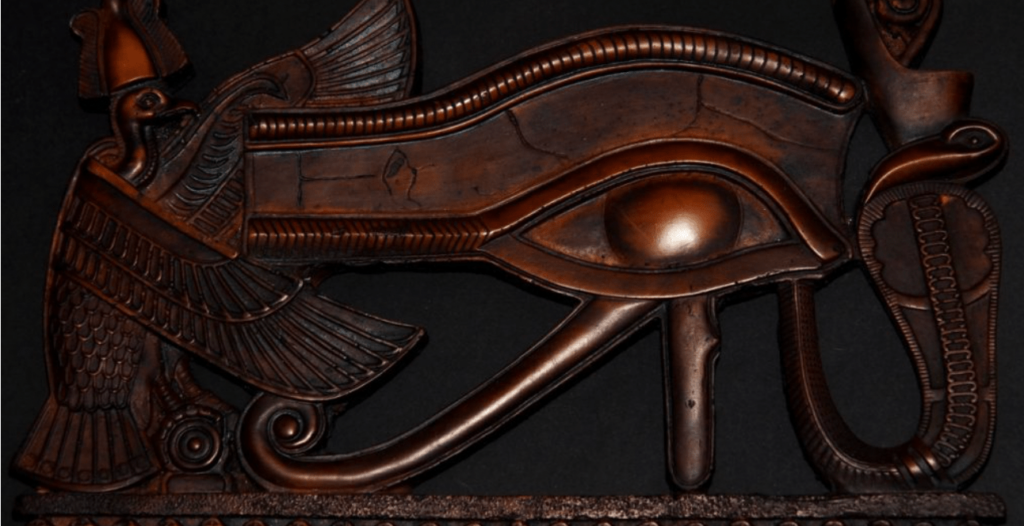
The Turtle: Revered by Native American and African tribes, the turtle is a symbol of longevity, wisdom, fertility, and grounding.
Helm of Awe: The Norse Shield
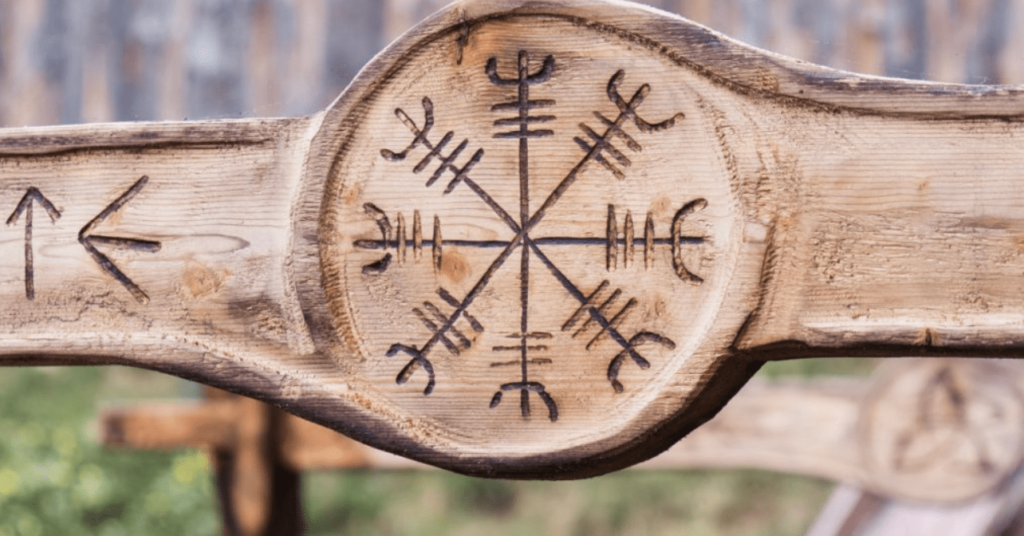
Lastly, we have the Norse symbol known as the Helm of Awe. It is said to shield warriors during combat and instill terror in the hearts of their adversaries.
Embracing Our Shared Symbols
Despite geographical distances, technological advancements have made it easier to recognize the similarities among various nations and civilizations. Each culture has its unique name and significance for these symbols, yet they all promise safety, wealth, and good health. They serve as a reminder of our ancestors’ desires for the future prosperity of our families and communities.
The intricate history of barn stars unveils the beauty of these simple designs. If you want to explore more ideas and instructions, watch this engaging video:
Remember, whether it’s a black barn star or an Om symbol, these timeless emblems bring joy, protection, and a deep connection to our roots.
